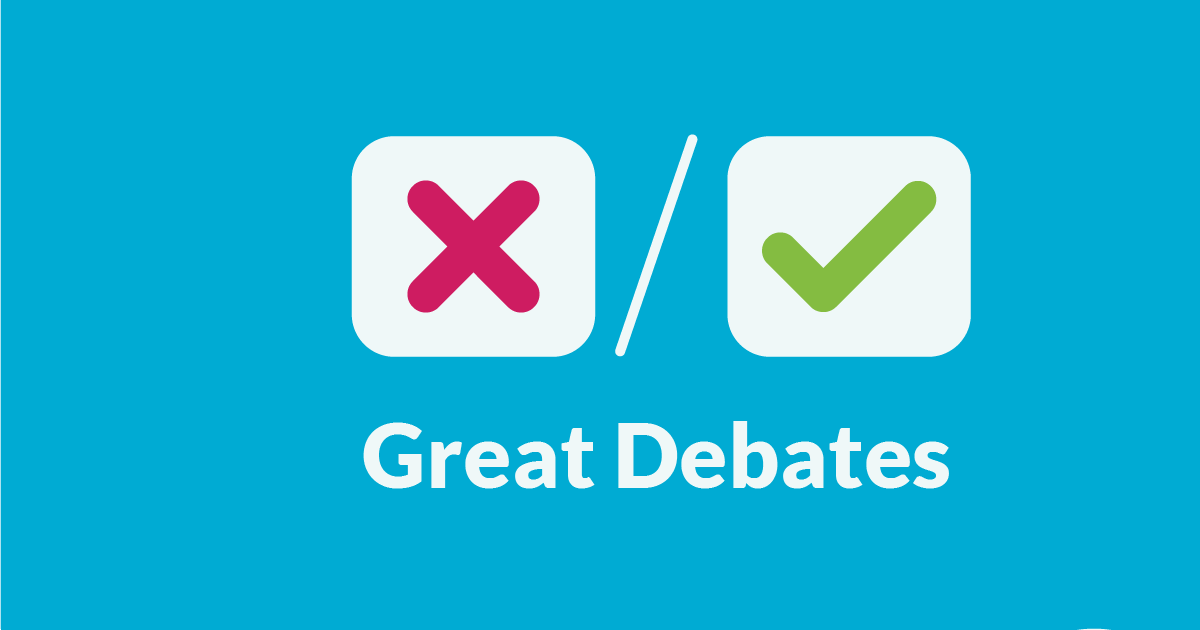School districts across the country are back to school with new policies in place to limit distractions and minimize the negative mental health impacts of too much technology. Two things on many of the chopping blocks: access to personal cell phones and social media on the school network.
Social Media Use Among Teens
For most kids, social media is a key part of their everyday activities. Consider some stats from the US Department of Health & Human Services (HHS):
- 95% of students age 13-17 report using a social media platform
- 2/3 of teenagers report using social media every day
- 1/3 of teenagers report using social media “almost constantly”
It’s the amount of time young people spend on social media that is most troubling to the HHS: “Children and adolescents who spend more than 3 hours a day on social media face double the risk of mental health problems including experiencing symptoms of depression and anxiety. This is concerning as a recent survey showed that teenagers spend an average of 3.5 hours a day on social media.” The HHS’s conclusion: “At this point [we] cannot conclude it is sufficiently safe for children and adolescents.”
Legislative Action: For vs Against
Lawmakers and districts increasingly agree—and are attempting to use policy to curb social media overuse. The Los Angeles Unified School District voted to implement a ban on cell phones and access to social media on school devices and networks. Florida has banned access to social media in schools. Several other states are considering similar bans. The Kids Online Safety Act (KOSA), which was recently passed in the Senate and is in the House, sets regulations on social media companies about the content and algorithms served up to kids. And, the most sweeping of all, a bill has been introduced in the Senate, the Kids off Social Media Act (KOSMA), that would require schools to ban social media access—or risk losing e-Rate funding.
On the other side of the aisle, the American Library Association has spoken out in favor of allowing children to access social media, saying that banning social networking sites ‘does not teach safe behavior’ and that in place of restriction, children should be taught by schools to use these sites ‘responsibly, ethically and safely.’
Oh wait. That last article is from 2011. That’s right: the pendulum swings….
A newer (or at least higher) risk with the move to ban access is that when students are blocked, they look for ways to get around the block. And a wave of VPNs used to circumvent filters are stealing student data.
On-going Debate: Focus vs Access
Does access to social media negatively impact students’ focus and learning? Or is social media an inevitable part of students’ worlds that we need to teach them to use appropriately? Are the risks of bypass attempts worse than the risks of access? This is not a new debate, and we at Lightspeed have seen it play out before.
Our conclusion: it depends.
What have we learned from 25 years of helping thousands of school districts balance school safety and access?
- One size doesn’t fit every district. Districts need flexibility to create policies that work for their culture and community.
- One size doesn’t fit every student. Districts need the ability to easily adjust policies for different ages, classes, or groups of students.
- Whichever way a district goes, those filters won’t be there forever. We all need to be teaching students to self-regulate and use technology and social media appropriately.
- Filter bypass prevention matters. When you block content, students will look for ways to bypass those restrictions. So districts need to work with partners who are continuously staying ahead of the kids and the proxies.
Lightspeed Filter, the market-leading solution trusted by thousands of districts, makes it easy for schools to do all those things and find the right balance of access and protection for their campus.
Lightspeed’s Community Perspective
Lightspeed customers weighed in in a recent community discussion. The consensus: block for students, allow for staff, but allow for exceptions.
“We allow staff to access social media. We do not allow the average student to access social media, but there are a small number of students who have been pre-approved to have select access to certain social media sites for school public relations purposes. We have these students separated in our filtering from the normal students. We know that social media can be an issue for students so that’s why we don’t allow them to access it.”
“Our school blocks all social media access for students and on our guest networks. We also have a “no phone” policy for our students during school days / school hours.”
“We only allow the use of social media websites for our staff, not students. Student access is blocked on school-owned devices at all times whether it’s on or off the network.”
“We block access to social media for students at all times on school devices and with school accounts. Administration does not want to provide access that may otherwise be restricted by parents. The one exception is a designated student for Student Council, as well as our marketing and athletic departments run by staff. There are many tools today, which can allow creativity and collaboration without the additional risks associated with social media.”

